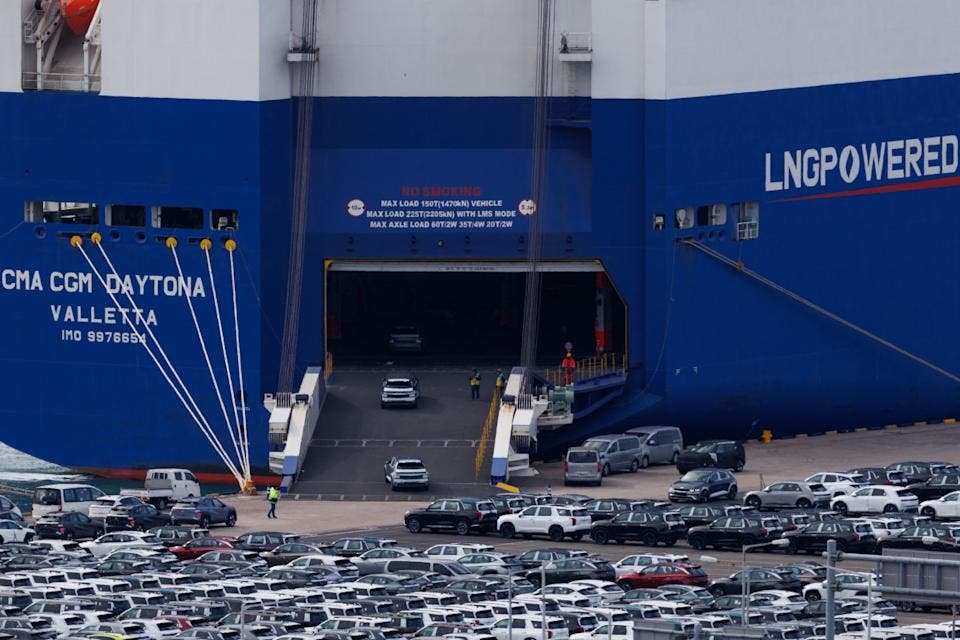Hyundai has announced the largest national investment in its history. A colossal 125.2 trillion won (approximately $85.6 billion) slated for South Korea between 2026 and 2030. This monumental figure represents a $24 billion increase over the previous five-year period, effectively raising Hyundai’s average annual investment by over 40%, from a mere trillion won to a staggering 25 trillion won per year.
This isn’t just about shuffling money. It’s about a dramatic shift toward electrification and high-tech mobility. A massive slice of the pie, 50.5 trillion won ($33 billion), is dedicated to future technologies. And so, Artificial Intelligence, Software-Defined Vehicles, robotics, hydrogen technology (including a new PEM electrolyzer plant), and EV production capacity. Another 38.5 trillion won ($25 billion) is earmarked for sustainable competitiveness. And the remaining 36.2 trillion won ($24 billion) will go toward optimizing and converting production facilities.

The ultimate goal of this financial blitz is simple. To triple EV exports from South Korea. The target for electrified vehicles exported is being ratcheted up from 690,000 units to a truly aggressive 1.76 million units by 2030. This is a dramatic escalation from the 920,000 EVs previously projected earlier in 2024.
Group Chairman Euisun Chung candidly admitted the driving force behind this colossal commitment. Addressing the anxieties surrounding shrinking domestic production and, crucially, mitigating the impact of foreign tariffs. “We are well aware of concerns regarding decreased exports and contracting domestic production due to the 15% duties imposed by the United States”, he stated, referring to the recent trade agreement that lowered US import tariffs on South Korean cars.

By massively boosting domestic output and opening new EV factories like the one soon coming online in Ulsan and Kia’s expanded Hwaseong plant, Hyundai aims to ensure that no matter where their EVs are sold, South Korea remains the essential, high-tech source. They may be late to the EV party, but they plan to arrive with nearly two million cars in tow.

